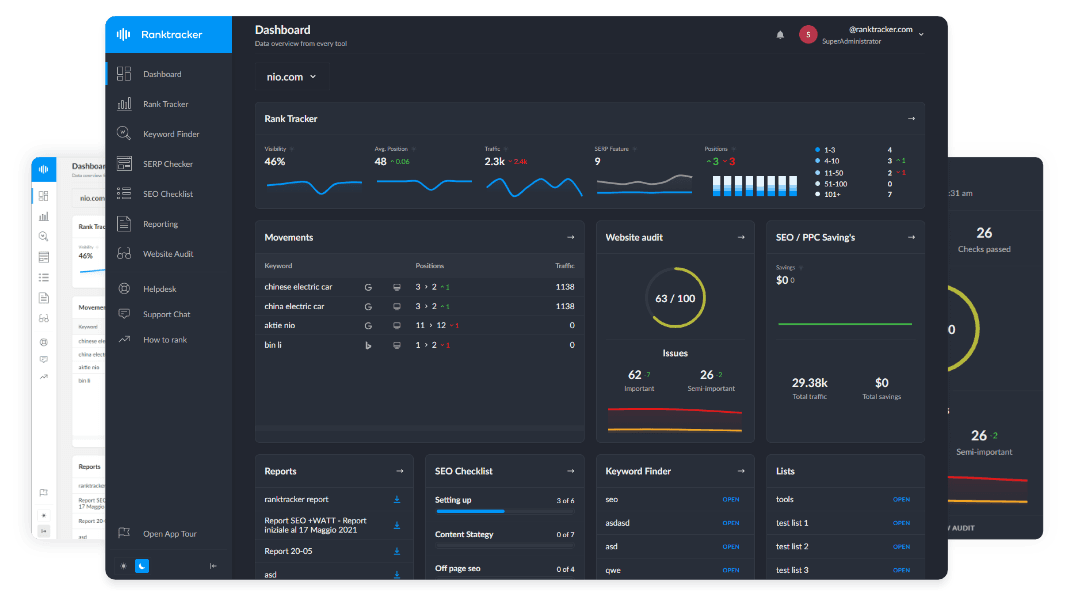Intro
In recent years, accessibility has become a vital topic in the gaming world. As more people turn to interactive entertainment for fun, community, and even education, ensuring that everyone can join in is no longer optional. From players with physical disabilities to those who face cognitive or sensory challenges, accessible design opens digital worlds to millions who might otherwise be excluded. Platforms like brucebet casino are also recognizing the importance of inclusive gaming, striving to provide user-friendly experiences that welcome players of all abilities.
Why Accessibility Matters in the Gaming Industry
Video games are more than just a hobby — they are a form of culture and social interaction. For players with disabilities, being able to enjoy a game like everyone else means participating in conversations, making friends, and feeling included. Without thoughtful design, barriers like complex controls, unreadable text, or a lack of visual cues can prevent many from fully enjoying what digital entertainment offers. Developers and publishers are increasingly aware of these issues. They now understand that accessible features not only help a small group; they often improve the experience for all players. For example, clear subtitles benefit people with hearing loss but also help those playing in noisy environments. Simple menus and remappable controls make games more comfortable for casual players and competitive fans alike. Inclusive platforms such as bruce bet no deposit bonus are a step in the right direction, offering opportunities for all users to explore gaming without financial or accessibility barriers.
Early Efforts and Growing Awareness
Accessibility in gaming is not an entirely new idea, but it has gained major momentum in the last decade. In the past, disabled gamers often had to rely on community-made mods or expensive custom controllers to adapt games to their needs. Some passionate developers and gamers raised awareness through blogs, reviews, and online communities, demanding industry-wide change. As voices grew louder, big companies began listening. High-profile releases started to include basic features like colorblind modes, adjustable subtitles, and difficulty options. Independent studios also played a crucial role, experimenting with new ideas and proving that accessibility can be innovative and cost-effective.
Examples of Good Accessible Design
Some recent titles stand out as examples of how far inclusive game design has come. Naughty Dog’s The Last of Us Part II is often praised for its wide range of options for players with visual, hearing, and motor challenges. Features like high-contrast modes, text-to-speech, and vibration cues make it possible for more people to experience the story without feeling frustrated. Similarly, games like Forza Horizon 5 introduced sign language interpreters for cutscenes, a groundbreaking step that inspired other studios to consider similar features. Microsoft’s Xbox Adaptive Controller, a customizable input device, is another major leap, giving players with limited mobility an easier way to interact with their favorite games.
Common Barriers in Modern Games
Despite progress, challenges remain. Many games still rely heavily on fast reflexes, small text, or complex button combinations. Some genres, like real-time strategy or competitive shooters, pose particular hurdles for players with limited dexterity or vision. Poor contrast, lack of audio descriptions, and minimal customization options can make even story-driven titles difficult to follow. These barriers highlight the need for developers to include accessibility planning early in production, rather than adding it as an afterthought. When inclusive design is integrated from the start, solutions are more effective and less costly to implement.
Key Accessibility Features Players Appreciate
Below is a short list of common features that help make interactive entertainment more inclusive. These options make a big difference for many gamers:
- Customizable Controls: Letting players remap buttons to suit their needs.
- Text Size and Color Options: Adjustable fonts and high-contrast text improve readability.
- Colorblind Modes: Special filters that help distinguish similar colors.
- Subtitles and Closed Captions: Clear, customizable captions for dialogue and sound effects.
- Difficulty Adjustments: Options to change game speed, enemy strength, or puzzle complexity.
- Screen Readers and Audio Cues: Narration for menus and audio hints for important gameplay elements.
These tools do not change the core game experience but allow more people to enjoy it fully.
The Role of Developers, Communities, and Technology
Game creators are not alone in this journey. Communities of players with disabilities often share feedback and test features before release. Their insights help developers prioritize what really matters and find creative solutions for unique challenges. Technology also plays a huge role. Advances in artificial intelligence, voice recognition, and adaptive hardware open new doors for accessible gameplay. For example, speech-to-text can help players communicate in multiplayer games without typing, while eye-tracking tools allow people with severe mobility limitations to control a character with just their gaze.
Building a More Inclusive Future
For true inclusion, accessibility must become a standard part of game design, not just a bonus feature. Studios should train their teams to consider different needs during brainstorming, prototyping, and testing phases. Publishers and investors should encourage accessibility guidelines and celebrate games that lead the way. Meanwhile, players can do their part by supporting titles that prioritize inclusivity and by raising awareness in online discussions. The more people demand accessible experiences, the more companies will see the value, not just ethically, but also financially.
A Game World Open to All
The push for better accessibility in gaming is reshaping the industry for the better. Games should be for everyone, no matter their ability level or physical condition. When developers remove unnecessary barriers, they invite more people to play, share stories, and connect through the art form we all love. Inclusive design makes games more fun, more flexible, and more human. As technology evolves and more creators commit to this mission, the vision of a truly accessible gaming landscape comes closer to reality every day.

